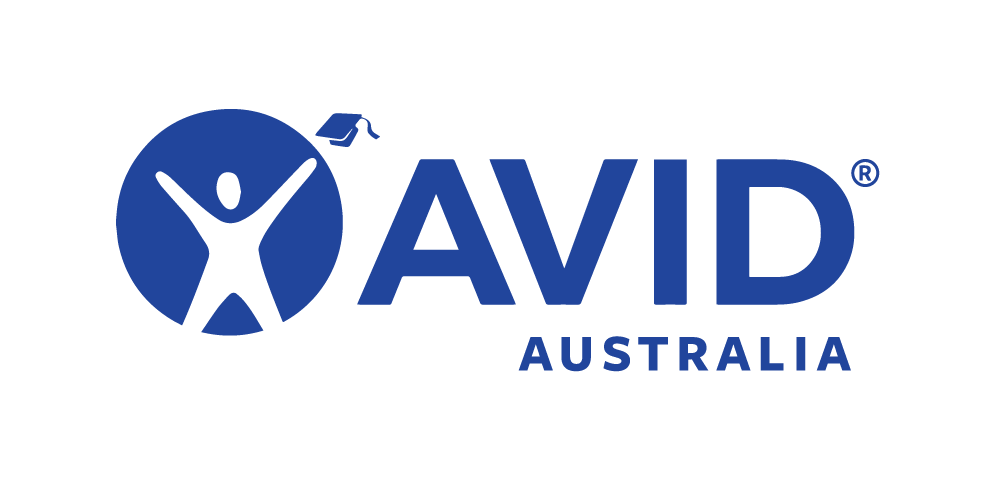Mathematics Applications is an ATAR course which focuses on the use of mathematics to solve problems in contexts that involve financial modelling, geometric and trigonometric analysis, graphical and network analysis, and growth and decay in sequences. It also provides opportunities for students to develop systematic strategies based on the statistical investigation process for answering questions that involve analysing univariate and bivariate data, including time series data.
Prerequisites:
Minimum is A or B grade in Year 10 Pathway A or B Mathematics. Where a student has achieved a C grade they will need to gain a recommendation from their class teacher to be considered for this course.
Syllabus:
The Year 11 syllabus is divided into two units, each of one semester duration, which are typically delivered as a pair. The notional time for each unit is 55 class contact hours.
Unit 1
Unit 1 contains the three topics:
- Consumer arithmetic;
- Algebra and matrices; and
- Shape and measurement.
‘Consumer arithmetic’ reviews the concepts of rate and percentage change in the context of earning and managing money, and provides a context for the use of spread sheets. ‘Algebra and matrices’ continues the Year 7–10 study of algebra and introduces the new topic of matrices. The emphasis of this topic is the symbolic representation and manipulation of information from real-life contexts using algebra and matrices. ‘Shape and measurement’ extends the knowledge and skills students developed in the Year 7–10 curriculum with the concept of similarity and associated calculations involving simple and compound geometric shapes. The emphasis in this topic is on applying these skills in a range of practical contexts, including those involving three-dimensional shapes.
Unit 2
Unit 2 contains the three topics:
- Univariate data analysis and the statistical investigation process;
- Applications of trigonometry;
- Linear equations and their graphs.
‘Univariate data analysis and the statistical investigation process’ develop students’ ability to organise and summarise univariate data in the context of conducting a statistical investigation. ‘Applications of trigonometry’ extends students’ knowledge of trigonometry to solve practical problems involving
non-right-angled triangles in both two and three dimensions, including problems involving the use of angles of elevation and depression and bearings in navigation. ‘Linear equations and their graphs’ uses linear equations and straight-line graphs, as well as linear-piece-wise and step graphs, to model and analyse practical situations.
Assessments:
Response: 40%.
Investigation: 20%.
Examination: 40%
More Information:
For further information regarding this course click here.












